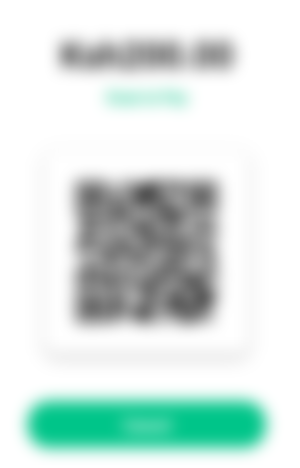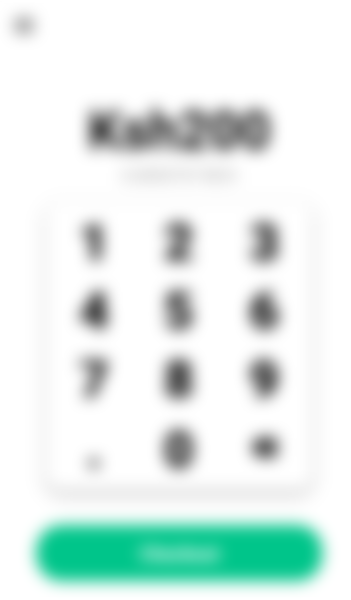Guest post.
Accepting Bitcoin Cash for me eventually became a straight forward decision, initially I was skeptical until I tried moving around value with friend who was trying to sell me the idea, we moved between us Kshs. 10 (0.099 USD) for a couple of times and each time we got charged 1 cent KES each. When he explained to me how it worked, I was fascinated. Now don’t get me wrong, mobile money services offer similar money transfer services for "free", but after the 2nd or 3rd try they start to charge but compared to the Bitcoin Cash network, there was 100% savings on the fees.
While the cheapest product I have in stock is on the 2 USD range upwards our experiment proved that a customer with the Electron Cash or Bitcoin.com or other Wallet installed on their smartphones could purchase items in my store from anywhere in the world as long as they had a QR code for that particular product or a BCH address. We obviously don’t have overseas customers despite trying to sell premium Kenyan tea or coffee on local.bitcoin.com but we do have some local tech-savvy customers who are willing to purchase electronic products using Bitcoin Cash once in a while.
The challenge I initially faced was how to manage the Point of Sale workflow to utilize one BCH address for all payments with different cashiers. Previously, I would have each cashier on duty install a wallet on their smartphones and use it to receive payments, but that turned out to be messy with cashiers forgetting to log sales and only declaring them when discrepancies in stock or tax liabilities were discovered. So I needed a solution that would generate QR codes for different sales prices and have all sales transactions logged permanently for audit purposes, the cashiers would not have access to the receiving BCH address and I would enforce they use this device to receive payments by also installing a CCTV camera.
Then the Bitcoin Cash Register App happened, this app is simple and is a one-stop solution for vendors, it comes with pin-secured access to the settings and a friendly, easy to use customizable(Currency) interface for both the cashier and customer with a log of all transactions. After installing it and setting a PIN on a designated point of sale smartphone/tablet, all the cashiers have to do is enter the amount of the product for sale.
Example below for 200 KES in this case

Then Click on the checkout button to get a QR code which the customer then scans to make the payments



Without a doubt, an excellent payment option. It also expands the possibilities of acquiring new clients and better financing.